Long, hollow tubes known as pipes are used for plumbing, drainage, and piping. Typically, the width of a pipe is what is measured in order to distinguish its size. But a more precise way of determining the amount of pipe material required for a project would be by considering the linear foot to square foot ratio. This type of measurement seems to be mostly used within the construction industry as an effective way to calculate just how much of a specific material is needed.
To deduce a pipe’s total area in square feet, one must take its length (expressed in feet) and multiply it by the circumference of the pipe. For instance, if a pipe measures 10 feet in length and has a total circumference of four feet, the amount of square feet would compute to 40.
Estimating the amount of material needed for any project can be done using the linear foot to square foot calculation. Take for example the need for a 10-foot length of 2-inch pipe. To calculate the corresponding amount of material required, one must take that length and multiply it with the circumference of the pipe in inches. For a 2-inch pipe, that circumference value is 6.28 inches, thus the math becomes 10 x 6.28, resulting in a total of 62.8 square feet. This calculation proves to be incredibly useful in determining the material cost of any given project since larger pipes naturally require more material.
A project’s total cost can easily be calculated by multiplying the linear foot to square foot ratio of a pipe and the cost per square foot. Taking a 10-foot length of 2-inch pipe for example: with a linear foot to square foot of 62.8, and $1 being the expenditure rate per square foot, the total comes to $62.80.
As you calculate the linear foot to square foot of a pipe, it is pivotal to evaluate various elements such as the type of material used, thickness, and length. Varied types of materials can influence the outcome, with some being costlier than others. On top of that, the thickness of the pipe will determine how much material is needed due to thicker pipes requiring more resources.
All things considered, counting out the linear feet to convert to square footage of a pipe is a crucial step when figuring the amount of material necessary for a certain project. This calculation is mostly used in the construction sphere, as it gives the most precise projection of the material quantity which is needed. After adding in the variables such as the type of material, pipe thickness, and its length, the linear foot to square foot conversion can be precisely calculated.
Pinpoint accuracy is a priority when it comes to working on various building and construction projects. Due to the varying shapes and sizes of pipes, linear foot to square foot of pipe serves as an effective and reliable unit of calculation. This measurement system helps ensure that all pipes are measured with perfect accuracy, making it easier to construct and install them accurately.
When calculating the size of pipes for residential and commercial construction projects, a linear foot to square foot of pipe measurement is used. This measure can be used to gauge the length, circumference or diameter of the pipe and also determine how much material is needed. Pipes are commonly used in plumbing, industrial piping and a range of other applications.
For accurate calculations in the context of linear and square feet of pipe, the preferred unit of measurement is the millimeter. This tiny, yet immensely valuable unit allows users to rapidly assess etchings along the total length and circumference of a tube’s form. Its ability to register minuscule distances with precision make it an ideal choice for such inquisitive tasks.
When converting the linear foot of pipe to its equivalent square foot, it is essential to take into consideration the tunnel’s diameter. This distance runs from the maximum exterior perimeter to the core of the passageway and can be calculated in either millimeters or inches.
An accurate estimation of a pipe’s area can be arrived at when one considers its circumference – which is the length around its outer boundary – expressed in either mm or inches. It’s important to keep in mind that the linear to square footage of a pipe relies heavily on the circumference measurement.
In order to determine the length of a pipe’s linear foot-to-square foot ratio, it is vital to take into account the pipe’s length. This runs from the commencement of one end all the way to the conclusion of its other end, and is typically measured in millimetres or inches.
It is of extreme importance to understand that the calculation of a linear foot in relation to a pipe’s square footage relies completely on the width of the pipe. To accurately measure this dimension, you must use either millimeters or inches and measure the distance from one side of the pipe directly to the opposite side.
Pipe linear foot to square foot calculations involve a measure of pipe height. The vertical stretch of the pipe, in millimeters or inches, extends from its base to the peak and is the foundation for this assessment. Therefore, it is wise to always keep this detail in mind when determining these figures.
To determine the linear foot to square foot of pipe, one must consider the thickness of the pipe. This is the size difference between the external and internal walls of the conduit, which can be evaluated in millimeters or inches.
In order to determine the linear to square footage of a pipe, its mass must be taken into account. This weight is often expressed in millimeters or inches and is calculated from the summit of the pipe down to its base.
Measuring the linear foot to square foot of a pipe requires calculating its overall area. This is achieved by measuring the total distance between the two ends of the pipe in square feet.
When converting linear foot into square foot for pipes, it is paramount to remember that the calculation is based on the sum of the pipe’s dimensions. This aggregate value, known as the total volume of the pipe, is determined by the length from one end to the other and can be captured in cubic feet.
In order to determine the linear feet and square feet of a pipe, the total surface area of the pipe needs to be considered. This is the length from one end of the pipe to the other and is expressed in square feet.
The linear foot to square foot of pipeline is determined by the total weight of the pipe, associated fittings, and other attachments. All components must be taken into consideration when determining the exact measurement – these are collectively weighed in pounds.
Remember that when measuring pipe with respect to linear foot to square foot, the calculation is based on the pipe’s complete length. This length spans from one end of the tube to the other and is measured in feet.
When calculating linear-to-square footage of pipe, it is essential to take into account the total weight of the pipe. This involves adding the weight of the entire pipe as well as all the fittings attached to it.
Related Product
Warning: Use of undefined constant rand - assumed 'rand' (this will throw an Error in a future version of PHP) in /www/wwwroot/www.ytdrtube.com/wp-content/themes/msk5/single.php on line 77
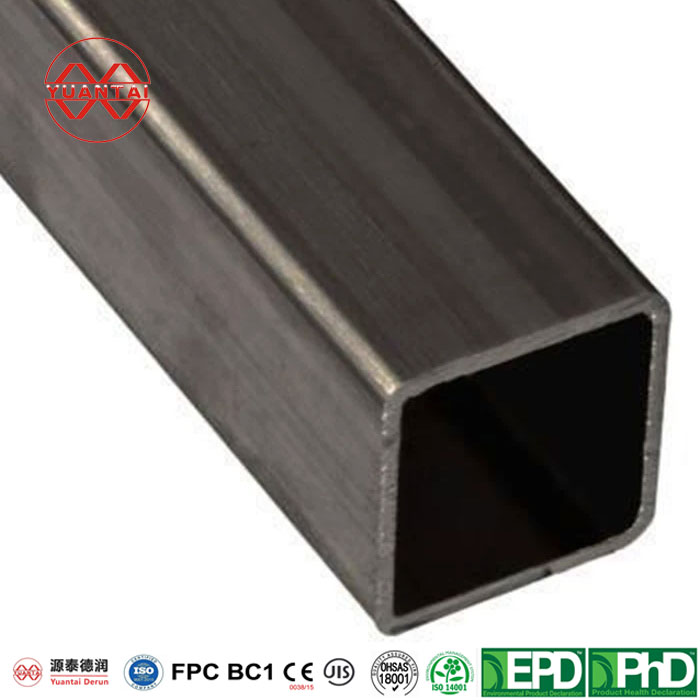
Square Steel Pipe Carbon Steel Pipe
Thickness 0.5- 60 mm Tolerance as required OD(outer diameter) square 10*10-1000*1000mm rectangular Brand YUANTAI DERUN Section Shape Square OR rectangular Length 3-12M according to […]

EN10210 EN10219 Black Carbon Steel Welded Square Pipe
Yuantai Derun Steel Pipe Manufacturing Group is a steel pipe and steel enterprise that has operated for many years, mainly engaged in steel products such as black square and rectan […]

Black Square Steel Tube
SPECIFICATION TABLE OF BLACK SQUARE STEEL TUBE OD(MM) THICKNESS(MM) OD(MM) THICKNESS(MM) OD(MM) THICKNESS(MM) OD(MM) THICKNESS(MM) 20*20 1.3 60*120 80*100 90*90 1.50 180*180 3 300* […]
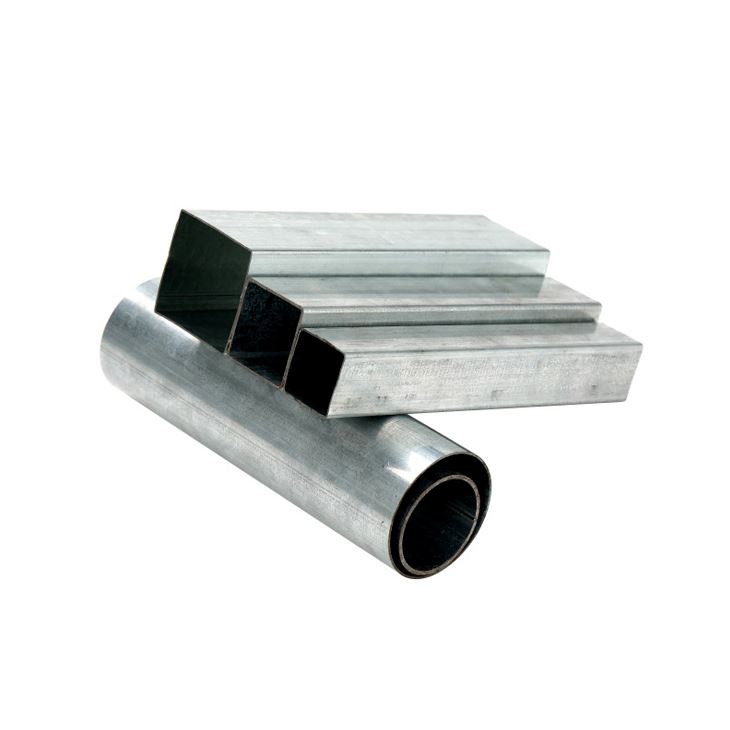
Pre Galvanzied Square Steel Tube
1.Introduction of pre-square tube Coiled pipes are pipes and pipes for processing technological processes, and are the name of general pipes, which are pipes made of long steel coi […]
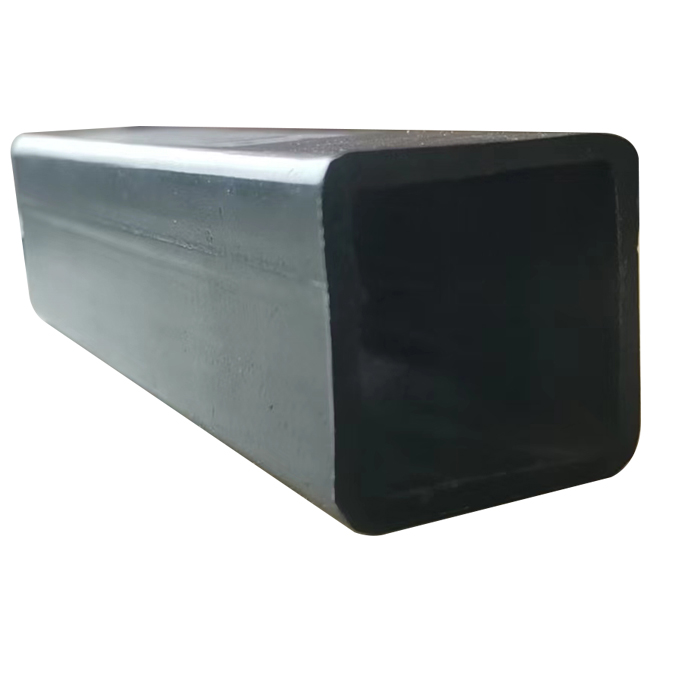
Square Hollow Section
Thickness: 0.5- 60 mm OD(outer diameter): square 10*10-1000*1000mm rectangular:10*15-800*1100mm Section Shape: Square OR rectangular Place of Origin: Tianjin, China Application Str […]
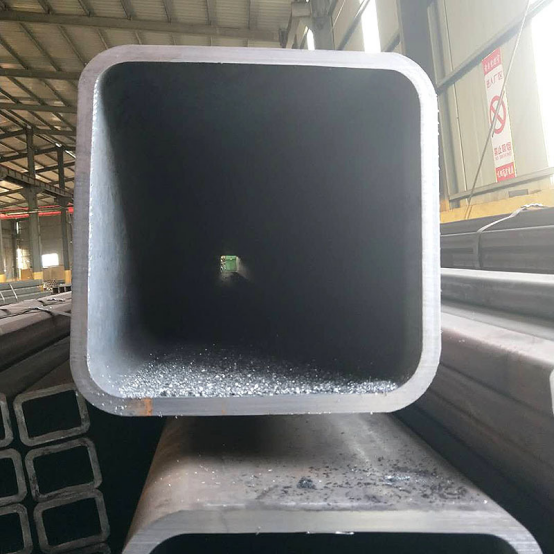
Black Rectangular Hollow Section
OD(MM) THICKNESS(MM) OD(MM) THICKNESS(MM) OD(MM) THICKNESS(MM) OD(MM) THICKNESS(MM) 20*20 1.3 60*120 80*100 90*90 1.50 180*180 3 300*800 400*700 550*550 500*600 1.4 1.70 3.5-3.75 9 […]
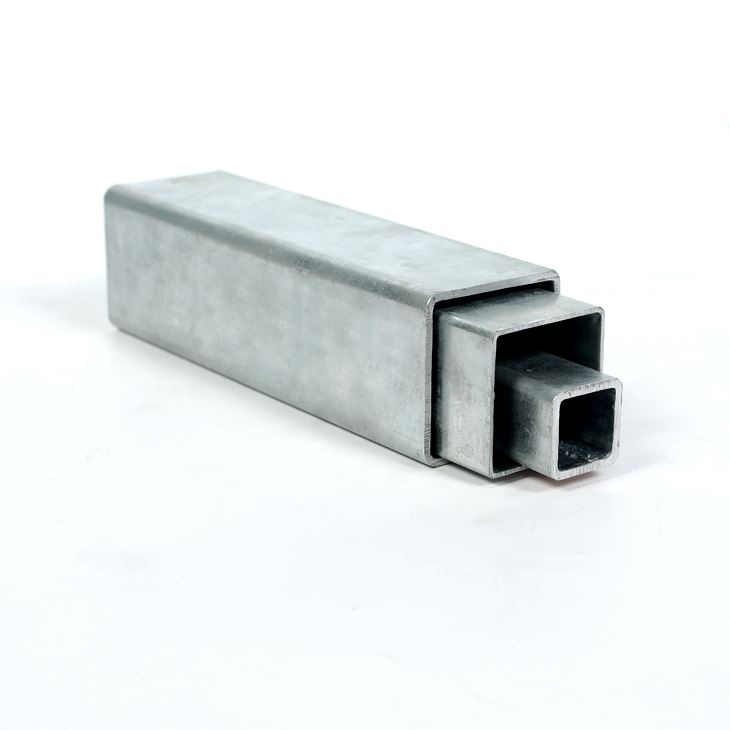
Hot Dip Galvanized Square Steel Pipe HDG Tube
Thickness: 0.5- 60 mm OD(outer diameter): square 10*10-1000*1000mm rectangular:10*15-800*1100mm Section Shape: Square OR rectangular Place of Origin: Tianjin, China Application Str […]
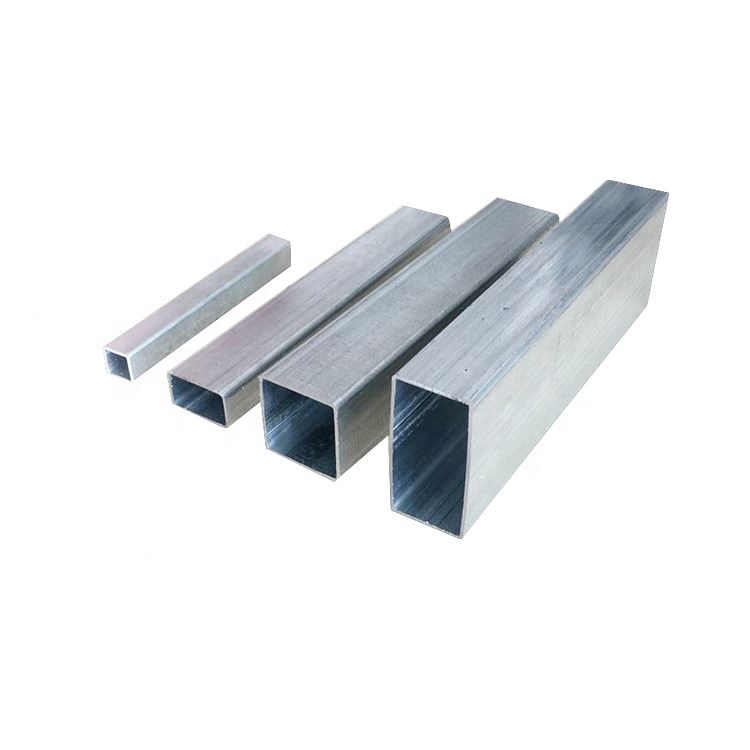
Hot Dip Galvanized Rectangular Steel Tube
Hot dip galvanized rectangular steel tube is a rectangularsquare tube that is welded after the steel plate or steel strip is curled and formed, and is formed after the square tube […]

Square Seamless Steel Pipe
Attribute parameters of seamless square steel tubes Thickness 3- 50 mm Tolerance as required OD(outer diameter) 100*100-800*800 Brand YUANTAI DERUN Section Shape Square OR rec […]
Post time: 2023-08-02
